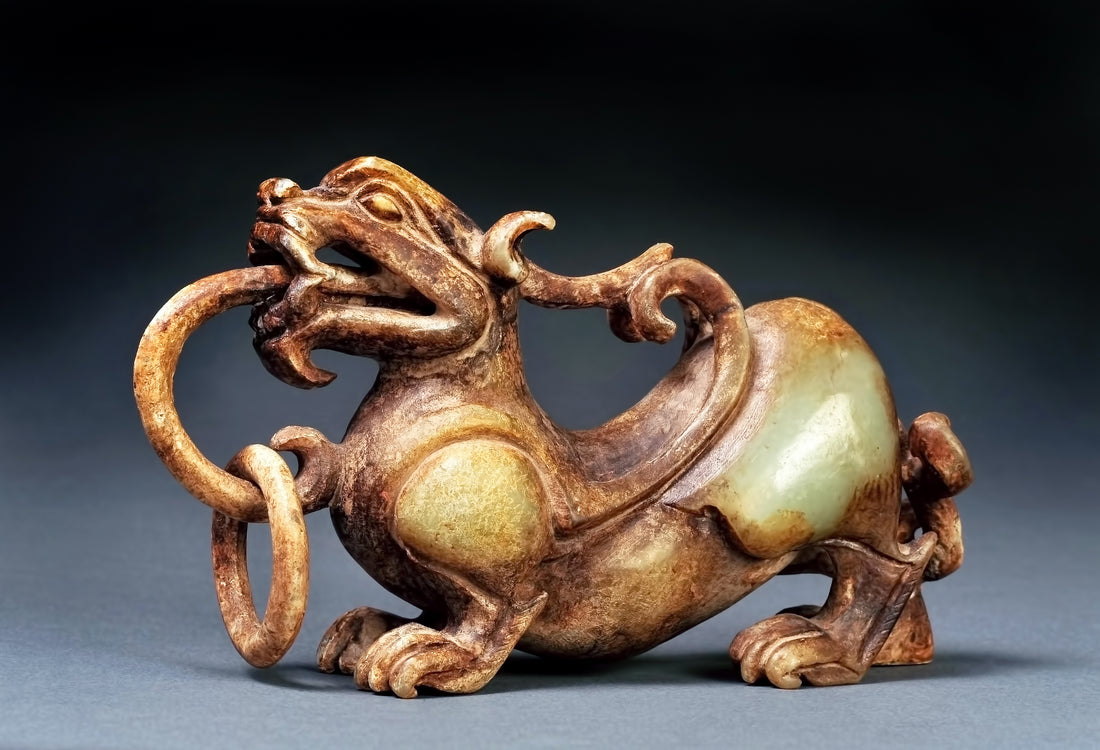The intrinsic desire to amass physical objects is ingrained within us all. Whether it's a young girl collecting Barbie dolls or a late-night TV host housing a collection of 126 classic cars and motorcycles, the pursuit of specific items brings sheer enjoyment. Some seek mementos that evoke nostalgic memories, while others view rarities as investment opportunities, aiming for substantial profits in the long run. But what makes one collectible more valuable than the other? Rarity. In availability, in technique, in design.
The Olmec Colossal Head
Between 400 and 1,400 B.C., the ancient Olmec civilization thrived along the Gulf of Mexico coastline. 17 colossal head sculptures have been unearthed thus far, finding their homes in various Mexican museums. The initial discovery occurred in 1862 when a farmer, while tilling his land, stumbled upon a monumental stone boulder, marking the beginning of an extraordinary archaeological journey. What’s interesting about the Olmec heads is that these gigantically large sculptors were carved using no metal tools. The largest one weighing about 40 tons with a height of approximately 9ft.


Fabergé Hot Eggs
In a bygone era, Peter Carl Faberge crafted an exquisite assemblage of 54 Faberge eggs, intended as poignant symbols of Russia's imperial splendor for the royal family. These rare treasures transcend mere decorative art, harboring intricate depths of fascination. Each egg unveils an intimate glimpse into the lives of their royal recipients while chronicling a 32-year virtuoso display of craftsmanship by one of the globe's foremost jewelry and art enterprises, forging a captivating visual and tactile history. While made from the rare gemstones and precious metals, the rarity of their creation is worth factoring..
Some of the costliest ones include
- Order of St. George Egg. - $7 million
- Lilies of the Valley Egg. - $13 million
- Fifteenth Anniversary Egg. - $15 million
- Bay Tree Egg. - $15 million
- The Winter Egg. - $15.6 million
- Imperial Coronation Egg. - $18 million
- Rothschild Clock Egg. - $25.1 million
- Third Imperial Easter Egg. - $33 million


Meteorites
The Chondrite — H5, Sahara Desert - 8.974 kg (19.75 lbs), sold for $37,800. Chondrite Meteorite is part sedimentary and part igneous- hot, molten rock that’s crystallized and solidified. As the oldest rock in the Museum, it formed about 4.5 billion years ago. While the world's collections hold an impressive 64,000 meteorites, it's surprising to learn that nearly two-thirds of them will remain out of reach for the general public. Moreover, the availability of new meteorite discoveries is limited, with only about eight to 10 fresh falls being recovered each year. Meteorites can cost about $40 per gram reaching up to $1000 per gram for rare ones.


